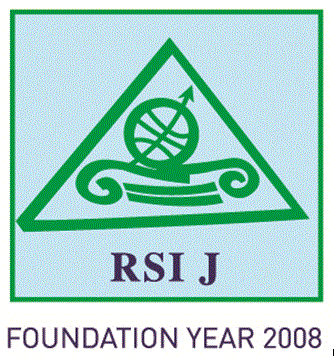Tsunetada HIROBE
Department of Economics, Meikai University, 1 Akemi, Urayasu, Chiba 279-8550, Japan
tsune@meikai.ac.jp
Abstract
The paper analyzes the regional disparities brought by each employment status concerning the civilian noninstitutional population 16 years of age and over especially focusing on the regional agglomeration. Specifically, it investigates the characteristics of spatial autocorrelations or geographical clusters based on the statistics of the regional specialization. Thus it definitely investigates the degree of agglomeration based on each specialization state, not the original data from the statistics of each labor category such as the number of the unemployed persons or the simple unemployment rates. The method is based on the share and rate calculations which would be almost equivalent to the well-known Location Quotient technique. With respect to the geographical agglomeration, some interesting regional characteristics of the working population have been found by mainly an exploratory way. From some results, several states such as North Dakota, South Dakota, and Nebraska indicate specific regional features which are very different from the other states, and those features often have a surprisingly persistent trend. Usually the influence of the significant socioeconomic shocks is exchanged or is absorbed in some specifically related regions. Then it spreads around and disperses to further distant areas during a sufficient amount of time, and finally its geographical distribution map is properly modified or changed. In addition, some results suggest the significant relationship between the geographical clustering process and the equilibrium or disequilibrium phenomenon based on the regional specialization of the labor force; it also suggests an important relevance to the existing economic theories.
